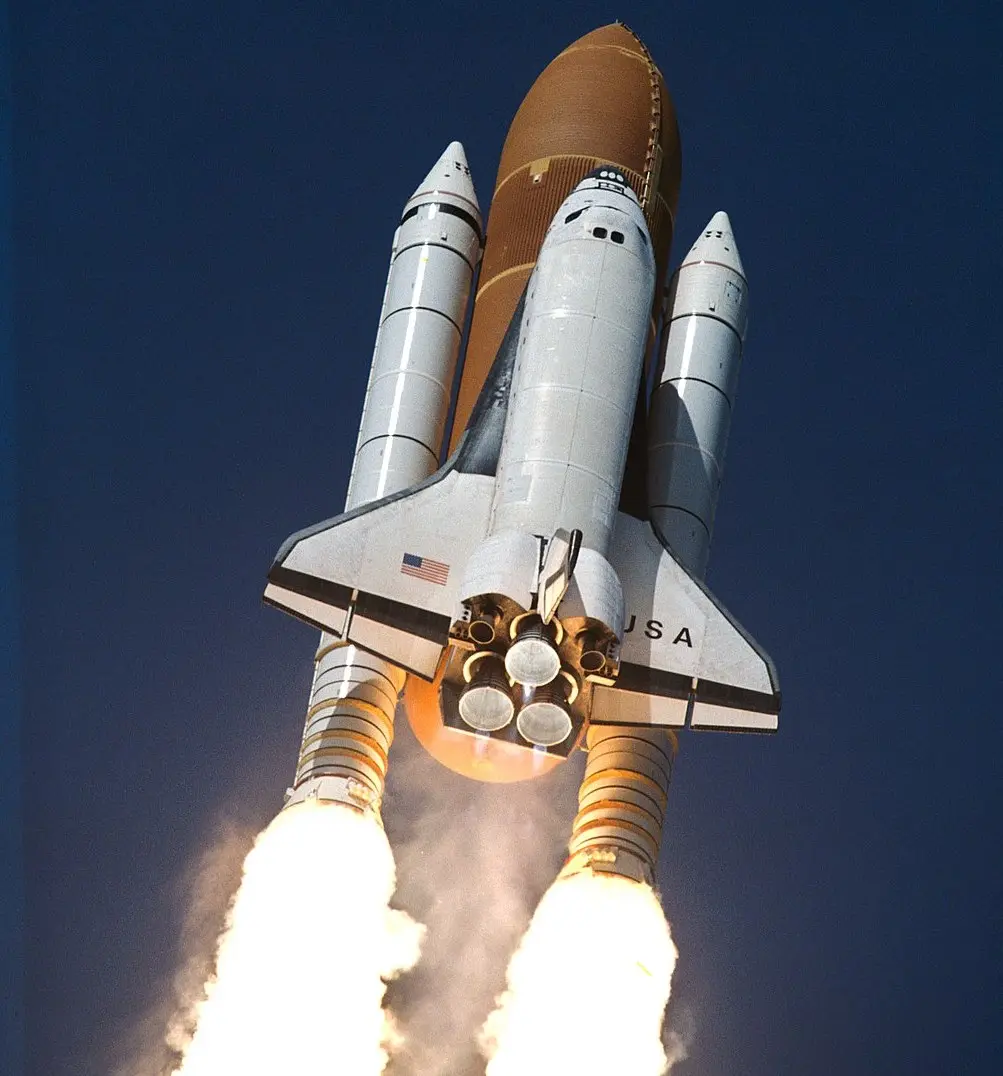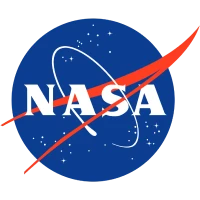/
STS-61-C
Launch Success
Liftoff Time (GMT)
11:55:00
Sunday January 12, 1986
Watch Replay
Official Livestream
Mission Details
Launch Notes
Flight of US Representative Bill Nelson, who 35 years later became the NASA administrator in 2021.
STS-61-C
The primary objective of the mission was to deploy the Satcom K1 communications satellite, second in a planned series of geosynchronous satellites owned and operated by RCA Americom; the deployment was successful. Columbia also carried a large number of small scientific experiments, including 13 Getaway Special (GAS) canisters devoted to investigations involving the effect of microgravity on materials processing, seed germination, chemical reactions, egg hatching, astronomy, atmospheric physics, and an experiment designed by Ellery Kurtz and Howard Wishnow of Vertical Horizons to determine the effects of the space environment on fine arts materials and original oil paintings. Also carried was a Materials Science Laboratory-2 structure for experiments involving liquid bubble suspension by sound waves, melting and resolidification of metallic samples and container-less melting and solidification of electrically conductive specimens. Another small experiment carrier located in the payload bay was the Hitchiker G-1 (HHG-1), which carried three experiments to study film particles in the orbiter environment, test a new heat transfer system and determine the effects of contamination and atomic oxygen on ultraviolet optics materials, respectively.
Low Earth Orbit
14,724 kilograms
Rocket


Agency
NASAPrice
$450.00 million
Rocket
Height: 56.1m
Payload to Orbit
LEO: 27,500 kg
GTO: 3,810 kg
Liftoff Thrust
30,250 Kilonewtons
Stages
2
Strap-ons
2
Launch Site
Stats
Space Shuttle
24th
Mission
1st
Mission of 1986
1986
3rd
Orbital launch attempt
